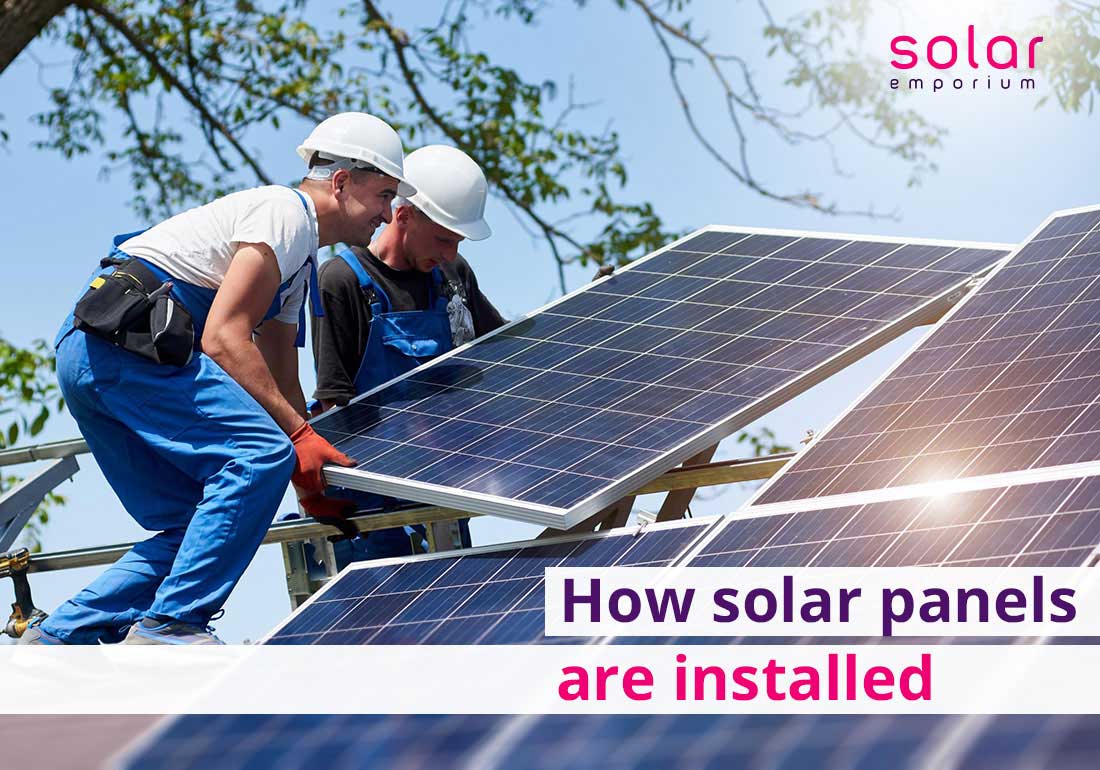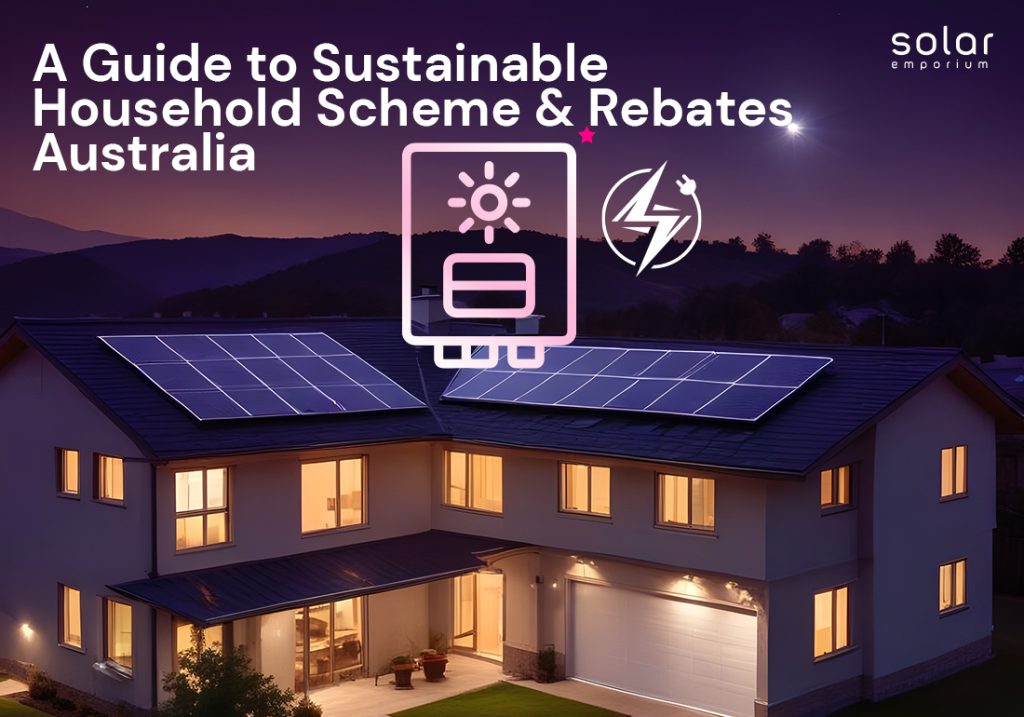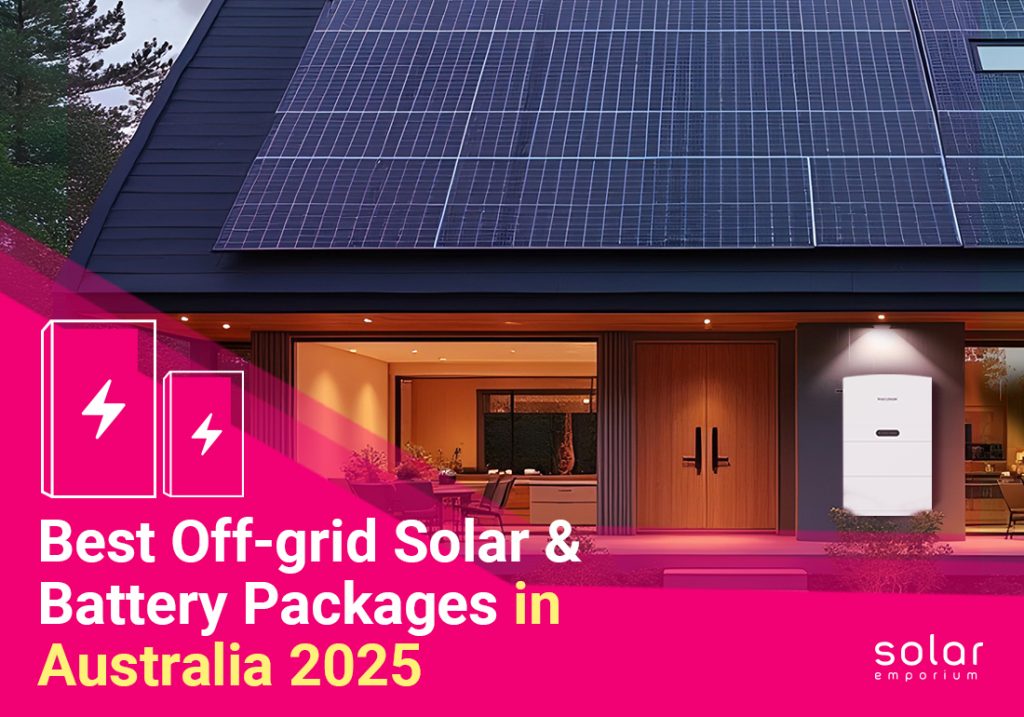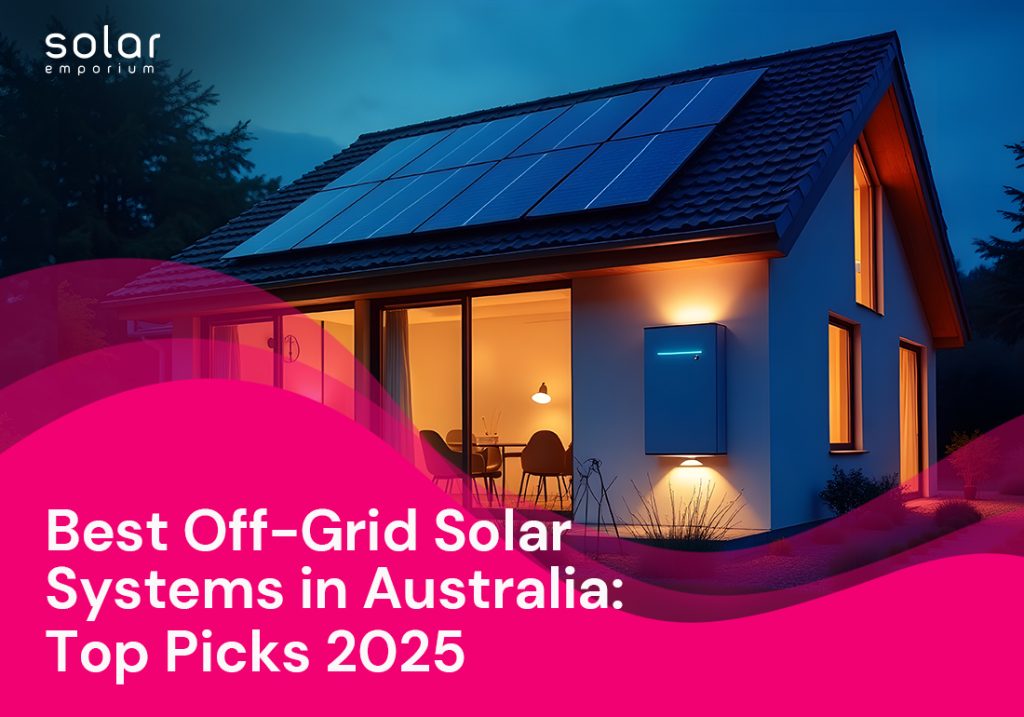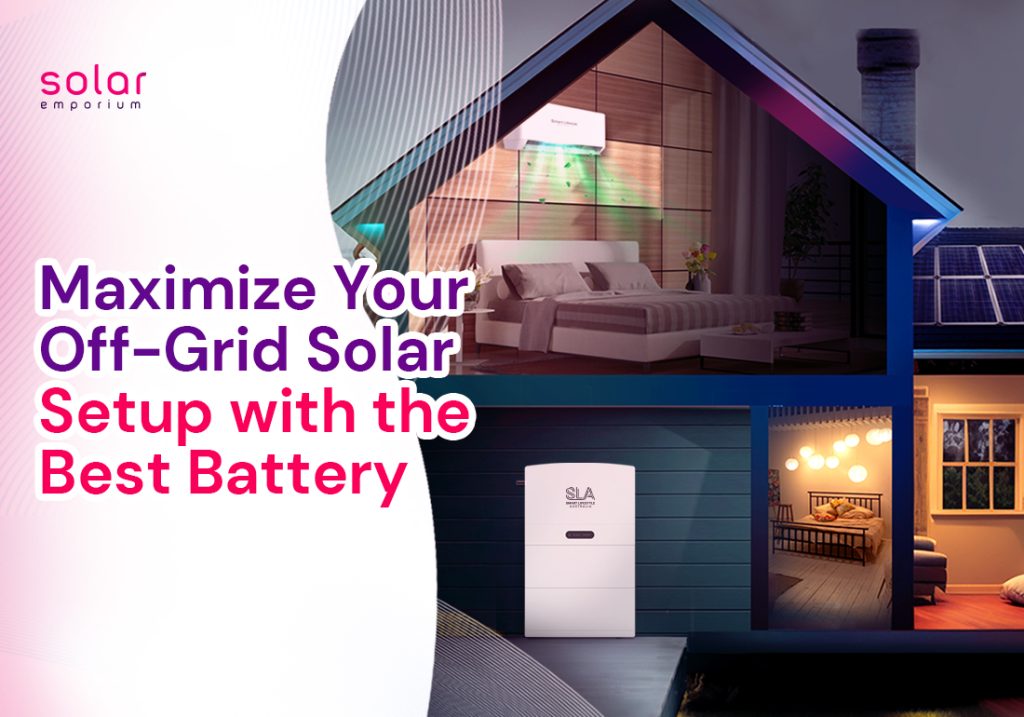As a homeowner in a rising energy market, making the decision to embrace green energy can be an effective way to not only manage your electricity pricing but also do your part for the environment, lets take a deep dive into how solar panels are installed.
Another key benefit of choosing green energy is the current renewable energy rebates and financing options our government now provides to both VIC and NSW residents.
The Australian government wants to ensure that it is doing its part for the environment and intern assisting in making the switch to renewable energy sources or green energy.
Now that you have made the decision to install solar panels, let’s look at how solar panels are installed.
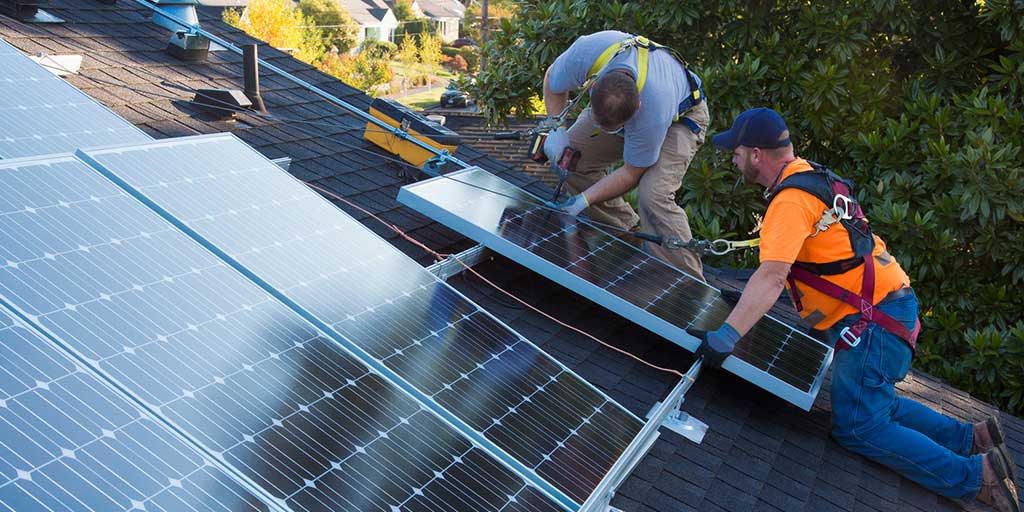
We have put together a step-by-step guide on how solar panels are installed below:
Step 1: Inspecting the Site and Conducting a Survey
Before the installers even begin with anything, they need to inspect the space first and ask some questions. These are some of the questions an experienced solar installer would ask:
- What roof is on your house?
- What direction does the roof face?
- Is the roof the only space that has the potential for maximum power generation upon installation?
- What are your power consumption needs?
- How many solar panels are needed to generate the expected amount of energy?
- How many PV panels can the roof successfully hold on to?
- What is the best angle for space taking the geographical position into consideration?
- What are you prepared to spend?
This process of getting to know the space gets done well before the solar panels’ installation day. A thorough examination of the site helps the solar installers to come up with an appropriate plan of action.
Step 2: Marking Out the Territory
In this next step, the installers mark out the roof to know exactly where to install the mounting brackets as well as the solar panels. Getting to know the roof and its holding capacity is the key here. Typically, it is the roof where the panels get installed; however, a separate mounting space can also be chosen if the demand arises and the space accommodates. Process-wise, it’s not that far off from a typical roof-mounted solar system.
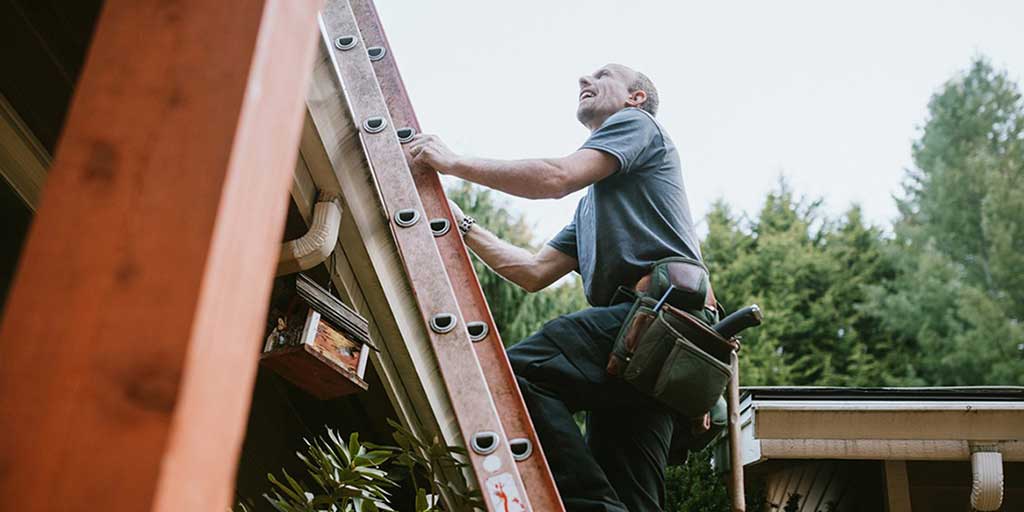
Step 3: Drilling the Holes or Not & Getting it All Ready
The installer will drill all the necessary holes to get the power cords in the house. These will connect the solar panels to the solar inverters that need to be tucked away in a space that is away from direct sunlight.
Note that different types of roofs require a different mounting system. If you have hired a highly qualified and experienced installer, they will know what’s your best bet. In order to always be on the safe side, hire people who are approved by the CEC (Clean Energy Council), such as yours truly.
Most installers will install a racking system instead of a direct mount. The racking system leaves much more room for later adjustment as the rails mounted provide installers the freedom to slide the panels down the rails. Once the most effective position is found, they get locked down to their perfect placement for a more secure installation job.
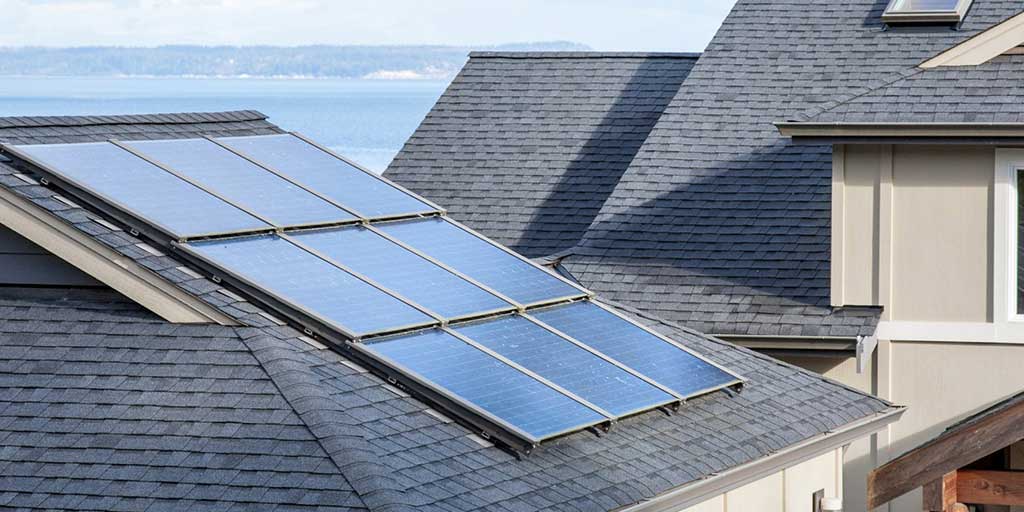
Step 4: The Installation of Solar Panels
This is the step where all the solar panels finally get mounted onto the roof. All the wires are set to be in their positions and connected. Some houses do not allow for the panels to get directly connected to the main switchboard where the metering process occurs. In those situations, a separate sub-board is needed.
Please note that some installers do not offer a consumption meter with the package, which is technically not within the commitment. Without a consumption meter, there is unlikely a way for you to know how much solar power you are using and when you are using it.
To make the whole system work in sync, you would also need a CT coil wrapped around the cables so that you know the amount of energy flowing in all directions.
Step 5: Don't Forget the Inverter
Till step 4, it is pretty much about how solar panels are installed. However, we can’t really forget about the inverter, which is the key to all the magic.
The type of energy generated by the panels cannot be consumed by the appliances directly; they need to go through an inverter that makes the energy consumable for your house.
To tell you more accurately, the DC power generated by the panels gets converted to AC by the inverter, which is a usable form of energy.
Do you want to know more about different brands of solar inverters? Simply follow the link to our detailed review of famous brands that you can choose from – Click here.
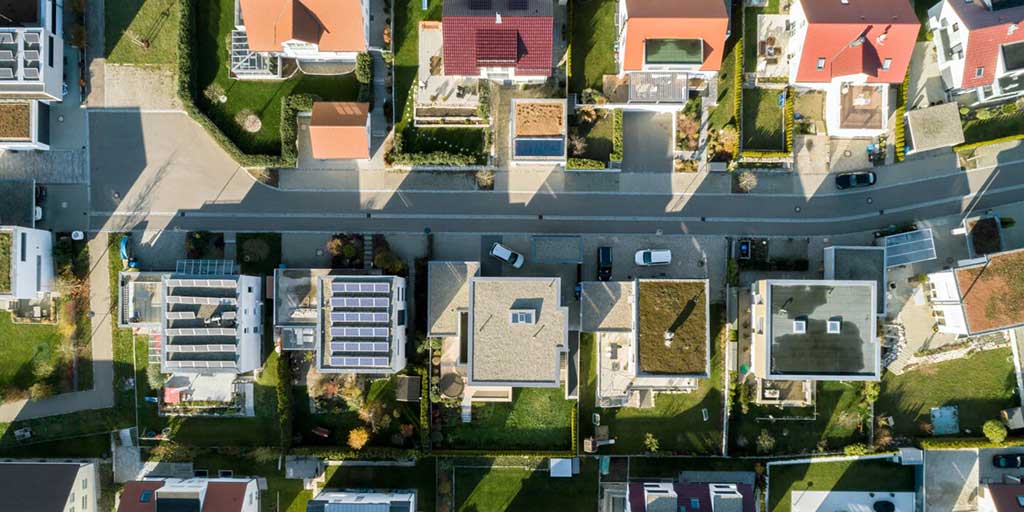
There is a lot of information you need to keep in mind when purchasing solar; if you’re unsure about the process, please reach out to an experienced solar provider to assist you with the correct information.
The Solar Emporium team is a qualified, experienced, and loyal group of individuals who have made it a priority from day one to serve nothing but the best to our customers. We do everything in our power to make the best cost-effective choices for our clients, and not only that, we try to stay connected throughout their solar journey for a smoother experience.
If you would like further information on any of the above information or have any questions on solar, please don’t hesitate to contact us on (1300 063 350)
